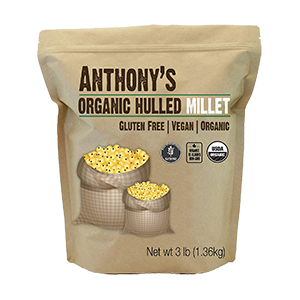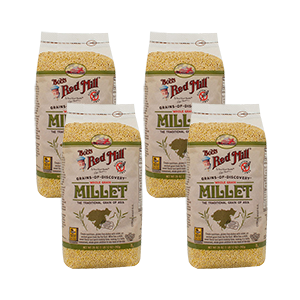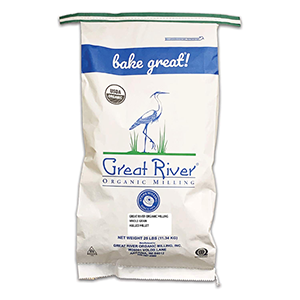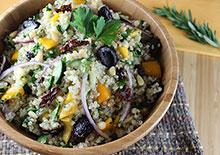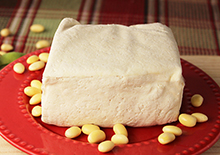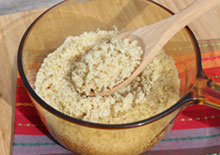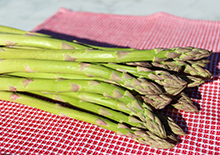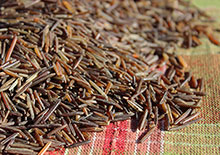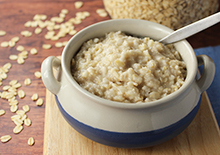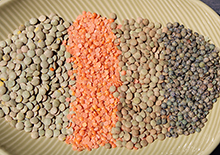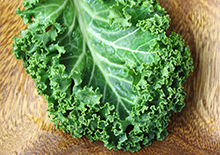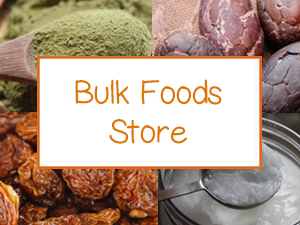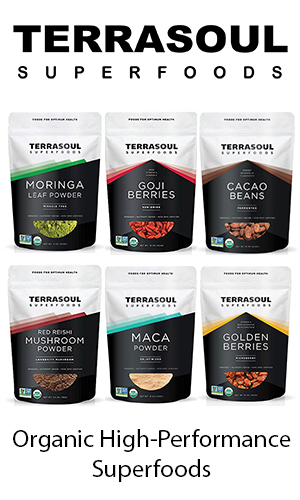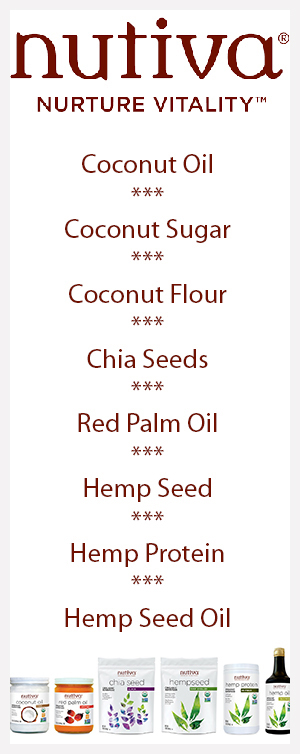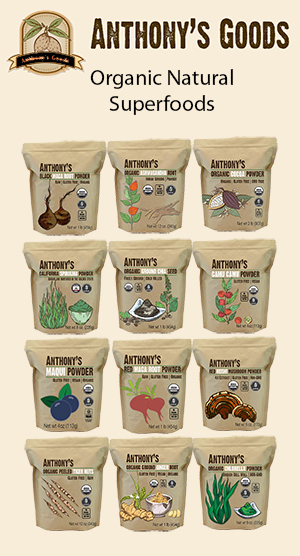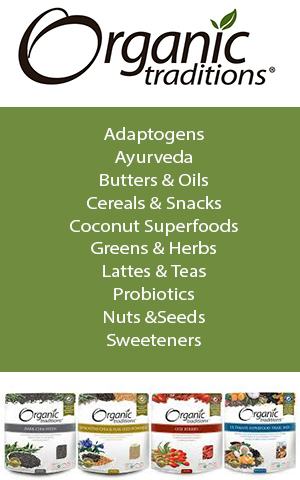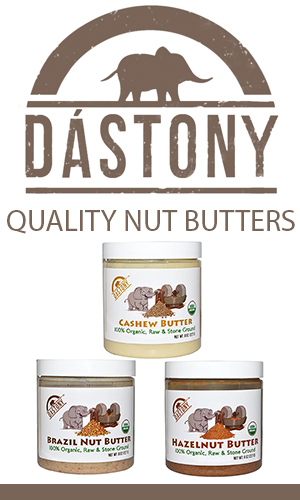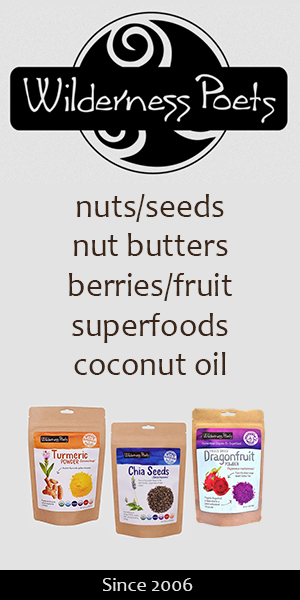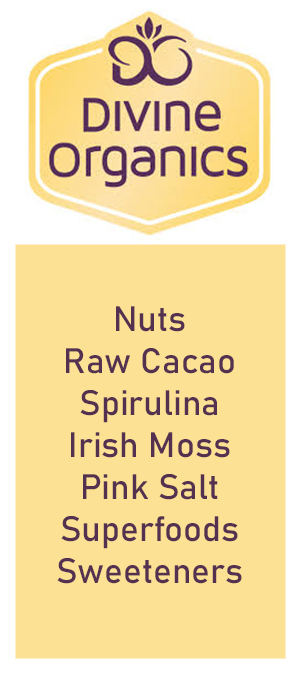- Home
- Plant-Based Cooking
- Plant-Based Cooking
What is Millet and What Is It Good For?
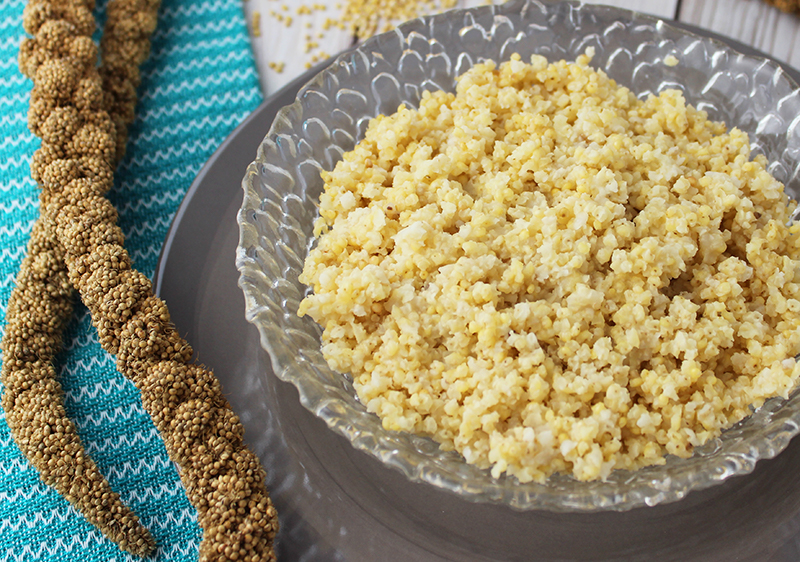
What is millet? Millet is a type of minor cereal grain that comes from the grass family. The proso millet variety (Panicum miliaceum) is the one most commonly sold in North America and Europe, while pearl millet (Pennisetum glaucum) and finger millet (Eleusine coracana) is predominant in regions of Africa and India. In China, foxtail (Setaria italica) and proso millet (or broomcorn) are more popular.
These millet species are considered ancient grain varieties and have been cultivated since the days of early agriculture.
Millet is a very hardy, fast-growing, low-maintenance plant that produces a high yield of grain. Most major millets, like proso, also have a short growing season and are ready for harvest after only 60-100 days, much less time it takes for other grains like wheat or rice.
These features initially made millet an ideal choice for some of the first nomadic peoples as well as influenced the gradual transition to a sedentary farming lifestyle.
The term "millet" is occasionally used generically to refer to a number of small-seeded annual grasses. For this reason, other minor grains like sorghum and teff are sometimes called millets, although they are very different in taste and textural qualities.
Some millet types form loose or tightly seeded stalks, while others grow in seedy ball clusters. Millets, like foxtail millet, are often sold as long branches called "millet sprays", and frequently used as a type of birdseed, hence the popular advertising catchphrase "Millet, it's not just for the birds." (*)
Hulled proso millet's grain-like seeds are small, round and have a pale or golden-yellow color which becomes lighter when cooked and the seeds pop open. This is the one found in most grocery stores in the U.S. and Canada.
Pearl millet is still today a staple food source for over a third of the earth's population, with the largest overall use coming from regions of West Africa such as Niger, Nigeria, Mali and Senegal.
Along with other alternative grains, like quinoa, amaranth and buckwheat, millet largely remained unknown to the rest of the world until about the 1990s, when it was popularized to a significant degree by trending Western macrobiotic, vegetarian and vegan-based diets.
Author Donna Gates and her book "The Body Ecology Diet", first published in 1995, also played a significant role in introducing millet to many health seekers in California as well as other parts of North America. This was around the time we started using millet as a primary grain option.
Millet has a nutty, sweet, mild corn-like flavor that goes well in both sweet and savory recipes. It is also a relatively inexpensive variation as well as a quick-cooking variety, taking only about 25-30 minutes.
Now, let’s discuss more about what cooked millet is good for.
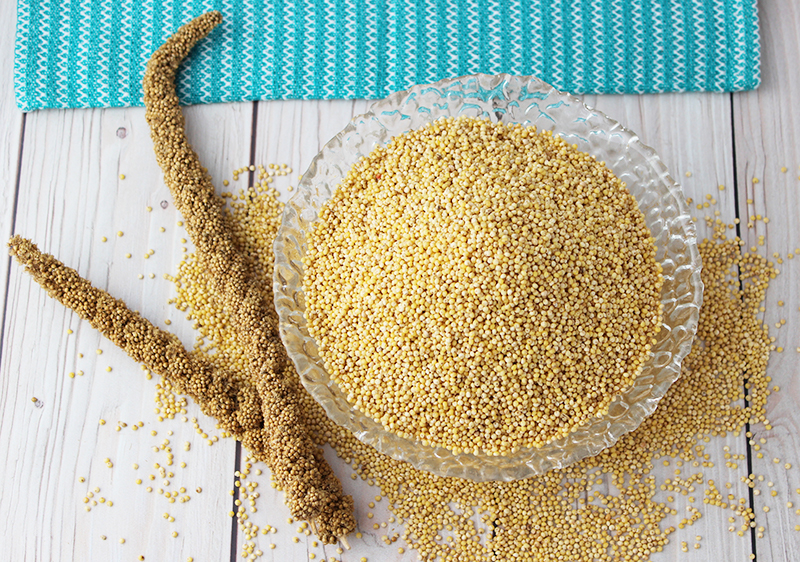
Top 5 Benefits of Millet
1) Nourishing Digestive Healer
2) Beneficial for Healthy Bowels
3) A Gluten-Free Grain Option
4) Encourages Balanced Gut Microbiome
5) Millet's Nutritional Profile
1) Nourishing Digestive Healer
One of the top folk uses of cooked millet is as a therapeutic food for mild to moderate digestive issues. The gelatinous components in millet are thought to be responsible for this potential.
In some research, dietary supplementation has been proposed to have a beneficial influence on certain digestive disorders.
When millet is used in Chinese herbalism for such purposes, it is prepared as a type of porridge that is often simmered with herbal tonics like jujube dates, astragalus, lotus seed and goji.
Its nourishing and soothing properties are especially utilized in times of physical weakness or for those in recovery from illness or surgery.
Millet is viewed as a better option over other grains as it is nutritious yet relatively easy to digest for most people being alkaline and less mucus-forming.
Cooked millet can be consumed on a regular basis as part of a health-promoting diet. It is especially suitable for seniors, children and women in postpartum stages.
2) Beneficial for Healthy Bowels
Millet and its soluble and insoluble dietary fiber can be a good staple grain to add to the diet to encourage bowel regularity.
One of the benefits of using millet is that it is very versatile. Depending on how it's prepared, millet can be light and fluffy like couscous, smooth and creamy like porridge or even form a gelatinous texture like polenta when cooled.
If your feeling backed up and wondering what foods might be of assistance, millet can be a good option by providing bulk to stools and helping to normalize bowel movements.
Used as a type of breakfast cereal, millet can be a good way to start out your day and unblock possible intestinal stagnation.
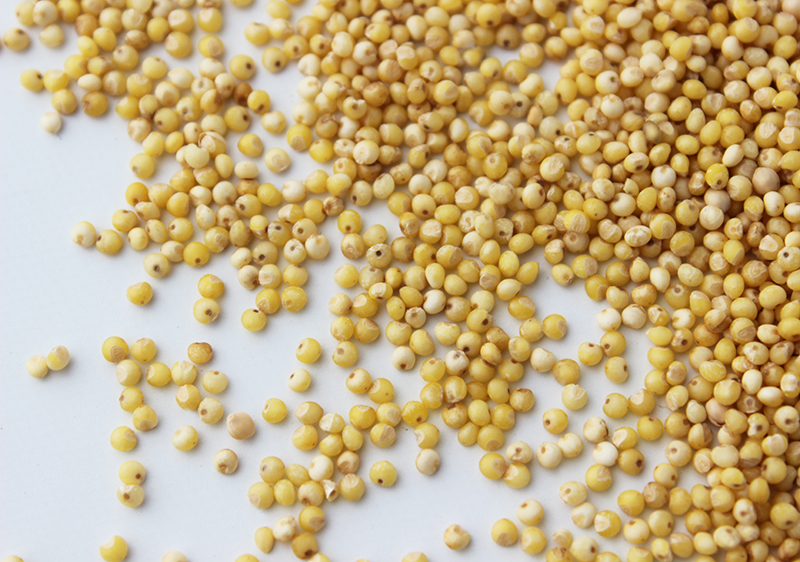
3) A Gluten-Free Grain Option
Another benefit to consuming millet is that it is a gluten-free alternative to rye, barley, wheat and wheat-based foods. Gluten is a type of protein that's not well tolerated by those with gluten sensitivities or celiac disease.
While many people don't experience major health issues after consuming glutenous foods, some may simply feel less fatigued with better digestion when maintaining a gluten-free diet.
As a flour or grain replacement, millet might be one to include in your pantry along with other gluten-free favorites like quinoa, buckwheat, sorghum, amaranth, rice and teff.
When purchasing millet, it is best to look for labels that certify its gluten-free to ensure it has not been contaminated with glutenous grains in processing facilities.
4) Encourages Balanced Gut Microbiome
Unlike traditional grains, consuming millet is alkaline to the body and is often claimed to be a food that doesn't feed pathogenic yeast, like Candida albicans.
That's why it's one of the grains promoted on the Body Ecology Diet for those with a candida infection. This is a condition which can cause chronic digestive and immune system malfunctions.
Likewise, the soluble fiber in millet is also known to offer a prebiotic influence that can support a good balance of yeast and bacteria in the intestinal microbiome.
5) Millet's Nutritional Profile
When it comes to digesting all of the nutrients that millet has to offer, it is best to soak the grain for about 30 minutes with a squeeze of lemon juice and strain. This has been shown to help reduce potential antinutrients like phytic acid which can enhance nutrient uptake and digestibility. (Source)
Millet species can contain different nutritional profiles. Here are some of the nutrients in common proso millet, according to nutrition data.
Along with teff, millet is the top highest grain in NIACIN content, with a one cup (174g) serving of cooked grain averaging about 2.3mg of niacin or 11% the Daily Value. (Based on a 2,000 calorie daily adult diet.) Niacin, also known as vitamin B3, is an essential B vitamin beneficial to nervous system and digestive functions. It is common in animal foods, but for plant-based diets millet can provide another way to get more niacin.
Millet is also a good source of other B vitamins, like B6 and folate, but is especially higher in THIAMINE, with a one cup serving offering about 0.2mg or 13% the Daily Value.
Some of the main minerals in millet include manganese, magnesium, phosphorus, copper and zinc as well as smaller amounts of iron, potassium, calcium and selenium.
According to nutrition data, one cup of cooked millet contains an average of 6.1 grams of protein, 41.2 grams of carbohydrates, 2.3 grams of fiber and 207 calories.

How to Cook Millet
- 1C millet grain
- 3C pure filtered water (This is what we like, but some prefer 2 1/2 C water.)
- 1/8t pink salt
- Rinse grain and strain excess water. (Or soak for 30 minutes but use 2 1/2C water for cooking)
- Using a stovetop method, boil 3C water and then add 1C millet and salt.
- Place the lid on the pot and turn to lowest heat setting.
- Cook for about 25-30 minutes or until the water is absorbed.
- Let sit with the lid on for about 5-10 minutes after removing from heat.
How to Cook Millet Porridge
- 1C millet grain (or 1C millet flour)
- 4C pure filtered water
- 1/8t pink salt
- Rinse grain and strain excess water. (Or soak for 30 minutes but use 3 1/2C water for cooking)
- Using a stovetop method, boil 4C water and then add 1C millet and salt.
- Place the lid on the pot and turn to lowest heat setting.
- Cook for about 25-30 minutes, stirring occasionally as porridge thickens.
- Let sit with the lid on for about 5-10 minutes after removing from heat.
Variation: Add 2T goji berries, 5 astragalus pieces, 2 red jujube dates when you add the millet to the pot.
Visit our How to Cook Gluten-Free Grains page for more on preparing other varieties.
Precautions:
Some types of millet, like the pearl variety, have been known to cause iodine deficiency with regular use. Consult your nutritionist or dietitian before adding millet to the diet if you are pregnant, nursing, taking prescribed medication or have a serious medical condition.
Shop Related Products (About Affiliates & Amazon Associate Paid Links)
Affiliate Disclaimer: This section contains affiliate product links. If you make a purchase through our recommended links, we receive a small commission at no additional cost to you. Thanks for the support.

